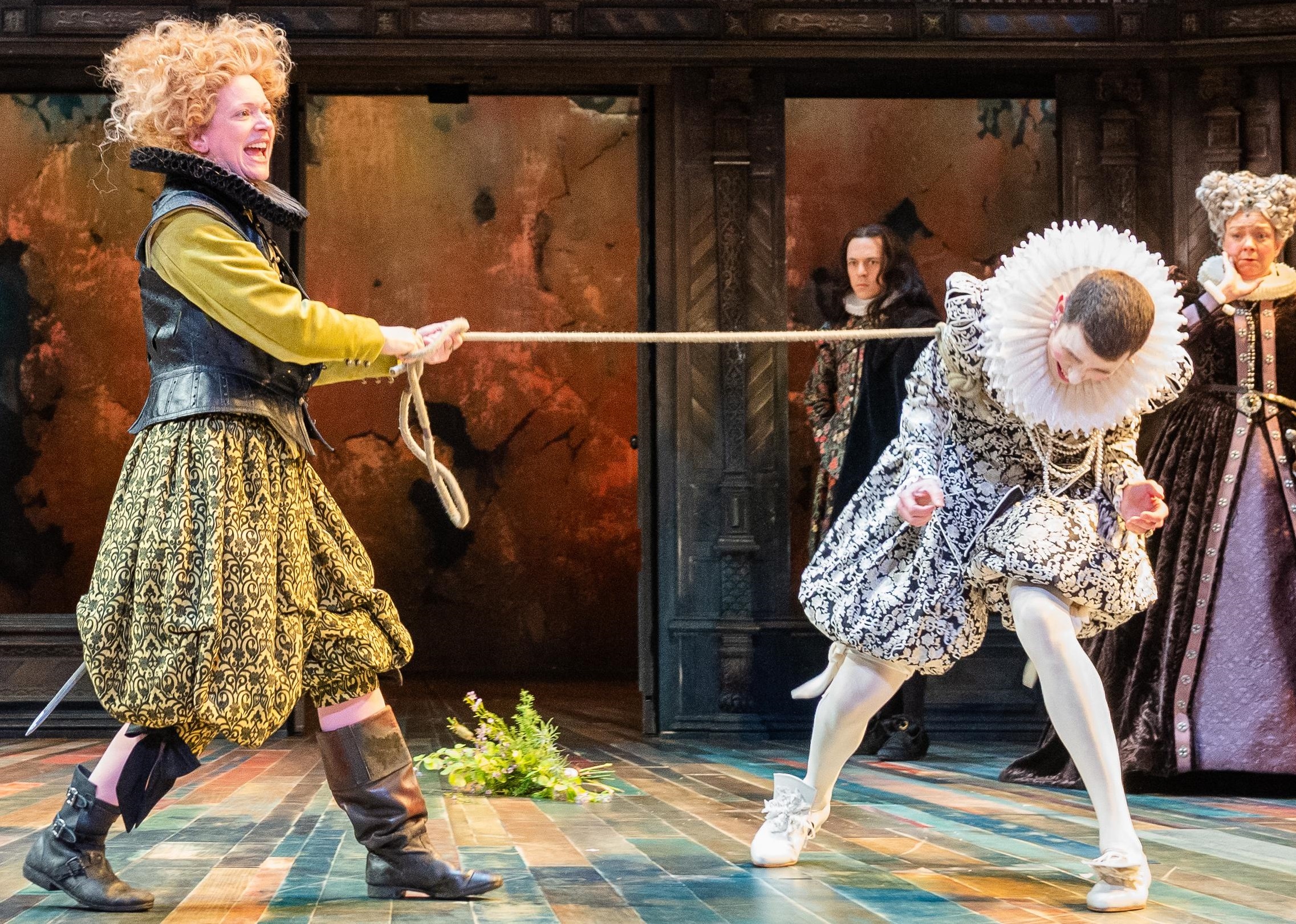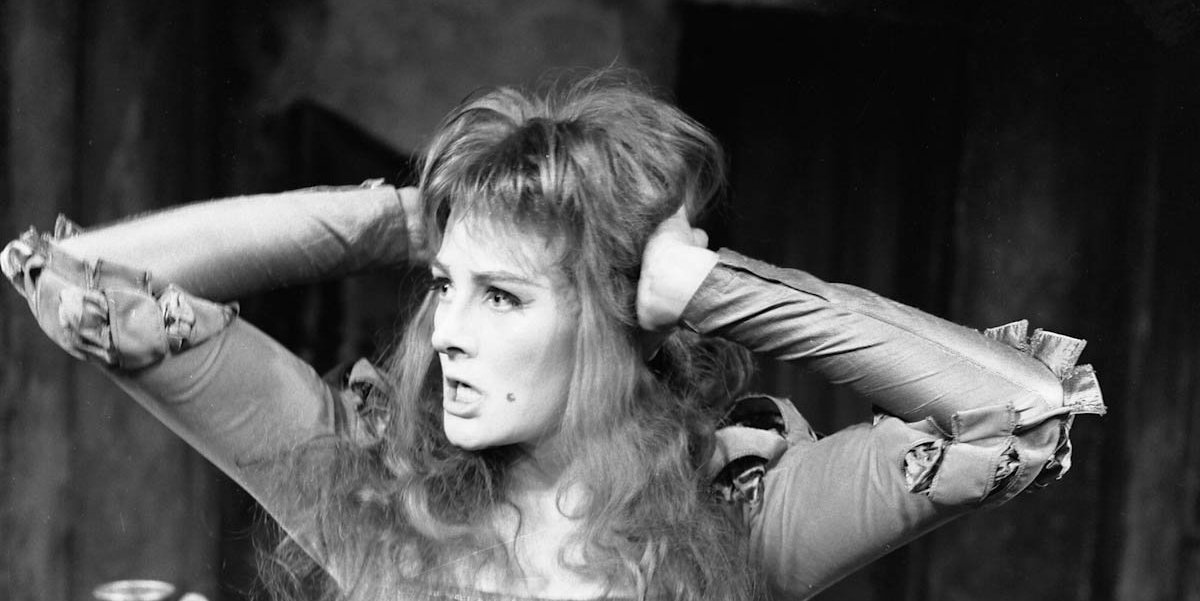Overview
Summary Of The Taming Of The Shrew The Taming of the Shrew is a comedy written by William Shakespeare, believed to have been composed in the early 1590s. The play revolves around the courtship of Petruchio and Katherina (Kate), a strong-willed woman known for her sharp tongue and fiery temperament. The story explores themes of gender roles, marriage, and societal expectations, all conveyed through a humorous narrative filled with clever wordplay and witty banter.
Structure
Summary Of The Taming Of The Shrew The play is divided into five acts and is notable for its play-within-a-play structure. The main story is framed by a subplot involving a drunken tinker named Christopher Sly, who is tricked into believing he is a nobleman.

Act 1: The Induction
Summary Of The Taming Of The Shrew The play opens with the Induction, where Christopher Sly is found passed out drunk. A Lord discovers him and decides to play a trick on him. The Lord orders his servants to dress Sly in fine clothes and bring him to his home, pretending that Sly is a nobleman who has been away for a long time. When Sly awakens, he is confused but is convinced by the Lord’s servants that he is a wealthy gentleman. They prepare a play to entertain him, which turns out to be the main story of The Taming of the Shrew.
Act 2: The Courtship of Katherina
The main action shifts to Padua, where Baptista Minola, a wealthy man, has two daughters: Katherina (Kate), the shrew, and Bianca, the more desirable and demure younger sister. Baptista announces that no suitor may marry Bianca until Katherina is wed. Many suitors pursue Bianca, but her father remains firm in his decision.
Petruchio, a gentleman from Verona, arrives in Padua with the intent to marry Katherina for her fortune. He is aware of her reputation but is unfazed. Petruchio boldly declares his intentions to court Katherina, and although she resists, he employs a mix of cleverness and determination to win her over.
READ MORE
Act 3: The Courtship Intensifies
Summary Of The Taming Of The Shrew Petruchio continues to woo Katherina despite her fiery rebuffs. Their relationship is characterized by a series of verbal sparring and psychological tactics. Petruchio employs reverse psychology and relentless teasing to undermine Katherina’s will. He claims to love her but simultaneously does everything to frustrate her, including denying her food and sleep.
Meanwhile, Bianca’s suitors, including Lucentio (who disguises himself as a tutor named Cambio to get close to her) and Hortensio (who poses as a music instructor), compete for her affection. They, too, must navigate Baptista’s strict rules.

Act 4: The Taming Process
Summary Of The Taming Of The Shrew In a pivotal scene, Petruchio takes Katherina to his home. He continues to exert control over her by insisting that she comply with his demands, often changing the rules without explanation. For example, he criticizes the food he provides and declares that it is not fit for her, claiming to be acting in her best interest. His approach, although harsh, is strategic in breaking her spirit.
Katherina is baffled by Petruchio’s behavior, and as she is deprived of comfort, she begins to adapt to his whims. The audience sees the transformation begin as she realizes that resistance may be futile.
Act 5: The Final Test
As the plot reaches its climax, Petruchio takes Katherina back to Padua for Bianca’s wedding to Lucentio. At the wedding feast, Petruchio continues to challenge Katherina, asking her to come when he calls and obey him in public. He claims her to be his obedient wife.Summary Of The Taming Of The Shrew
In a final test, Petruchio orders Katherina to demonstrate her submission by asserting her dominance over other women. When she ultimately complies and delivers a speech about the role of women in marriage, it is both surprising and controversial. Katherina’s speech emphasizes the importance of loyalty and obedience in a marriage, raising questions about her true submission or whether she has merely learned to navigate her circumstances.Summary Of The Taming Of The Shrew
Conclusion
Summary Of The Taming Of The Shrew The play ends with Petruchio’s assertion of control over Katherina, and the audience is left to ponder the dynamics of their relationship. While Katherina seems transformed, the play invites interpretations about the nature of love, submission, and the societal expectations of women.Summary Of The Taming Of The Shrew
(FAQ)
1. What is the central theme of The Taming of the Shrew?
The central theme of the play revolves around the roles and expectations of women in society, particularly in the context of marriage. It explores the tension between societal norms and individual desires, using humor to examine issues of power and control within relationships.
2. Who are the main characters in the play?
The main characters include:
- Katherina (Kate): The headstrong and sharp-tongued elder daughter of Baptista.
- Petruchio: A confident and cunning suitor determined to “tame” Katherina.
- Bianca: Baptista’s younger, more demure daughter, pursued by multiple suitors.
- Baptista Minola: The wealthy father of Katherina and Bianca.
- Lucentio: A suitor who disguises himself to win Bianca’s love.
- Hortensio: Another suitor of Bianca, who disguises himself as a music teacher.
3. How does Petruchio “tame” Katherina?
Petruchio employs psychological manipulation, denial of food and comfort, and a series of power plays that force Katherina to comply with his will. His methods challenge her defiance, ultimately leading her to adapt to his behavior.
4. What role does the subplot involving Christopher Sly play in the overall narrative?
The subplot with Christopher Sly serves as a framing device for the main story. It reflects themes of identity and perception, as Sly is tricked into believing he is a nobleman, paralleling the transformations and disguises seen in the main plot. It also adds a layer of comedic irony to the play.
5. Is the ending of the play happy or problematic?
The ending is open to interpretation. While Katherina appears to accept her role as Petruchio’s obedient wife, this has sparked debate among scholars and audiences regarding her true feelings and whether she has genuinely been tamed or is merely playing along for her own benefit.
6. What are some critical interpretations of Katherina’s character?
Critics have debated whether Katherina is a victim of Petruchio’s manipulation or a shrewd woman who learns to navigate a patriarchal society. Some view her final speech as a genuine expression of her acceptance of gender roles, while others see it as a strategic choice to gain autonomy.
7. How does The Taming of the Shrew address gender roles?
The play critiques traditional gender roles by portraying Katherina’s resistance to societal expectations. Through humor and conflict, it explores how women’s voices and identities can be suppressed, while also highlighting the complexities of relationships between men and women.
8. What is the significance of the title, The Taming of the Shrew?
The title refers to Katherina’s characterization as a “shrew” and the process by which Petruchio attempts to tame her. It raises questions about the nature of taming—whether it reflects genuine love or an exercise of power—and challenges audiences to consider the implications of such a title in a modern context.
9. How does the play reflect Shakespeare’s views on marriage?
The play reflects a complex view of marriage, portraying it as a battleground for power dynamics and social expectations. While it presents marriage as a partnership, it also highlights the conflicts that arise from differing desires and societal pressures, suggesting that true harmony requires mutual understanding and respect.
10. What is the role of comedy in The Taming of the Shrew?
Comedy is essential to the play, providing a vehicle for exploring serious themes through humor, wordplay, and misunderstandings. The comedic elements help to engage the audience while prompting reflection on the characters’ relationships and societal norms.
READ MORE

















